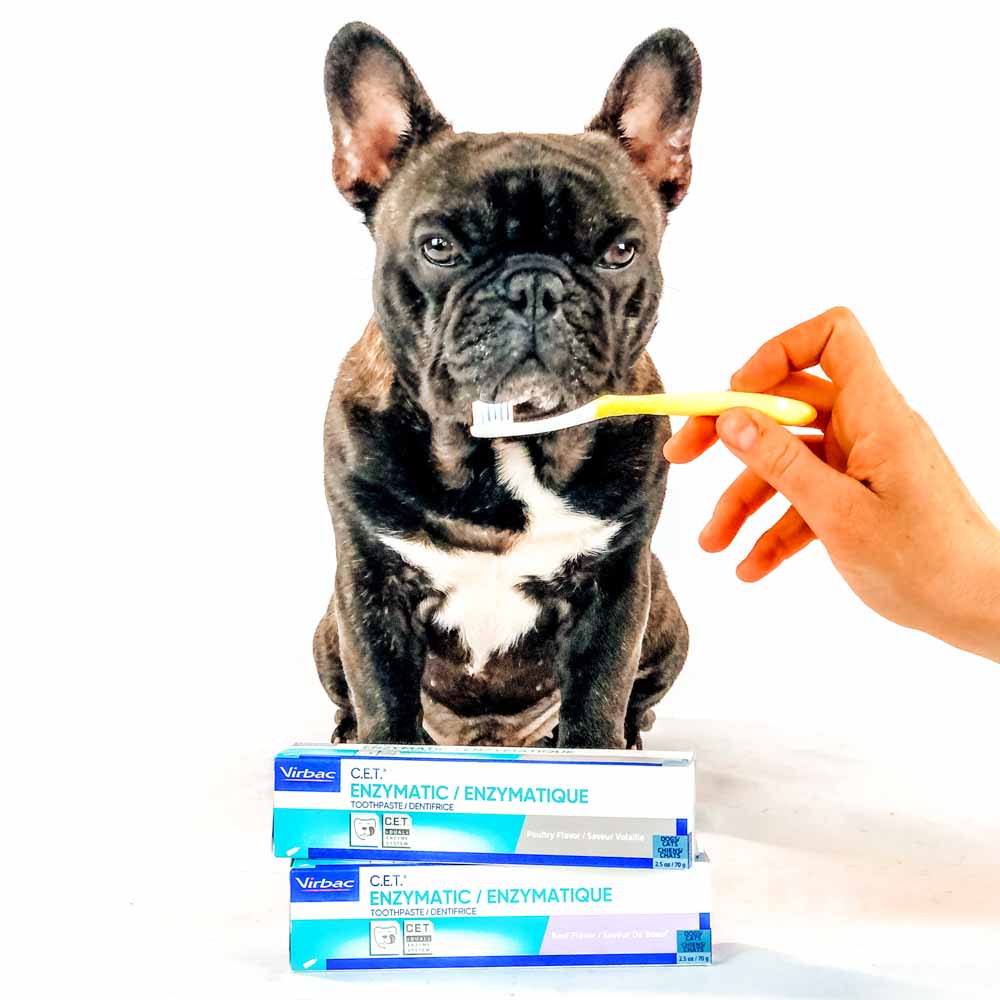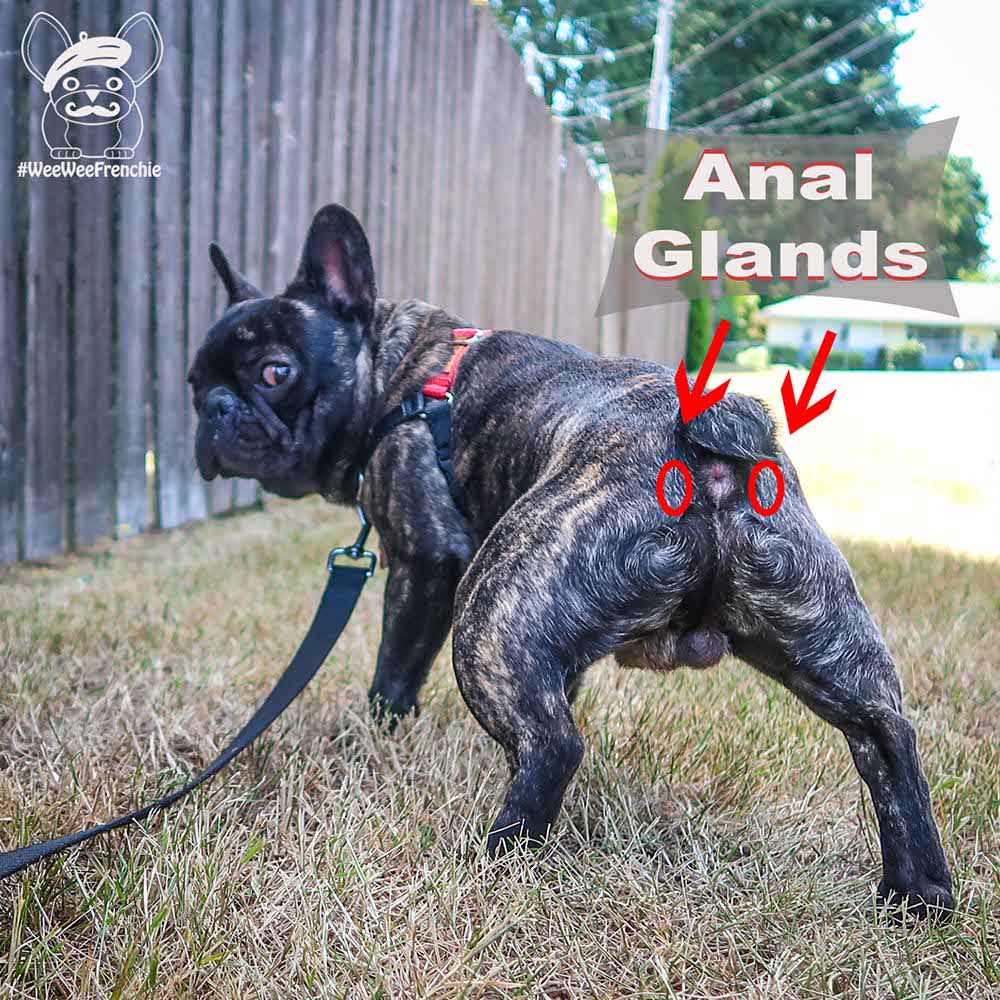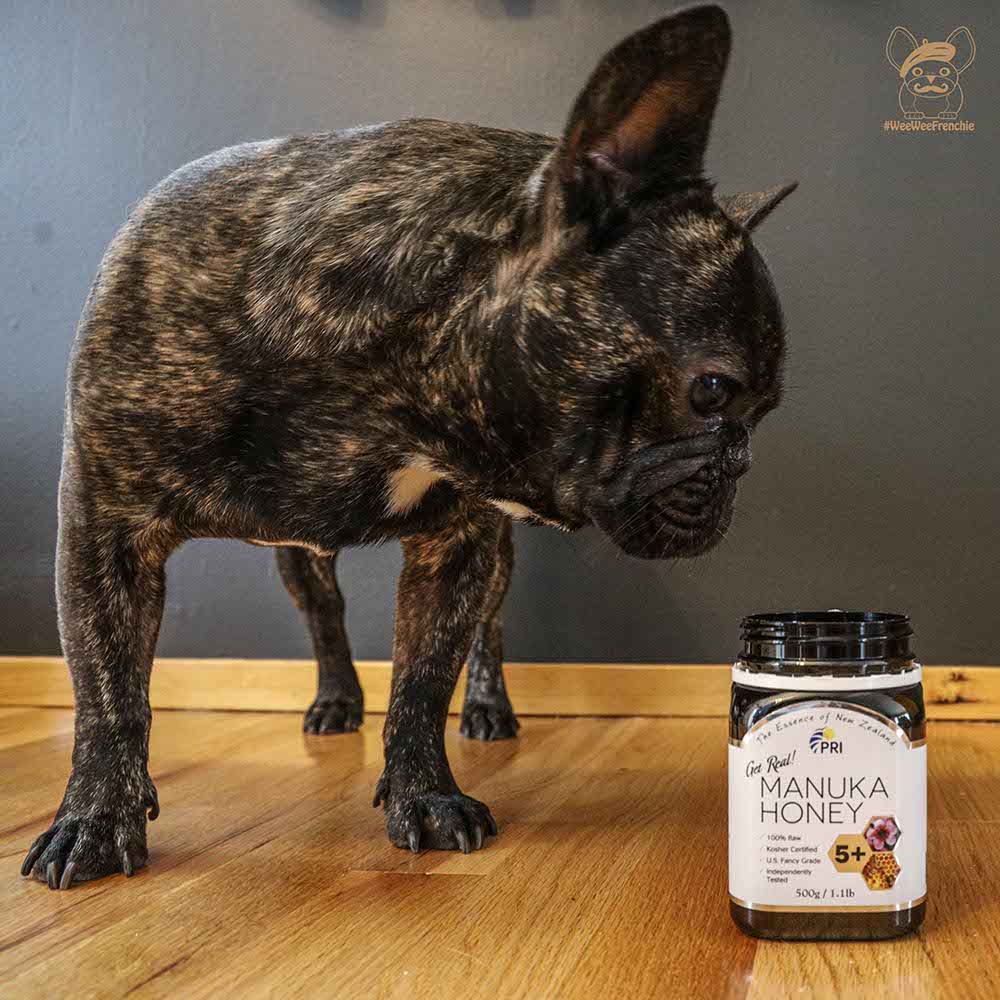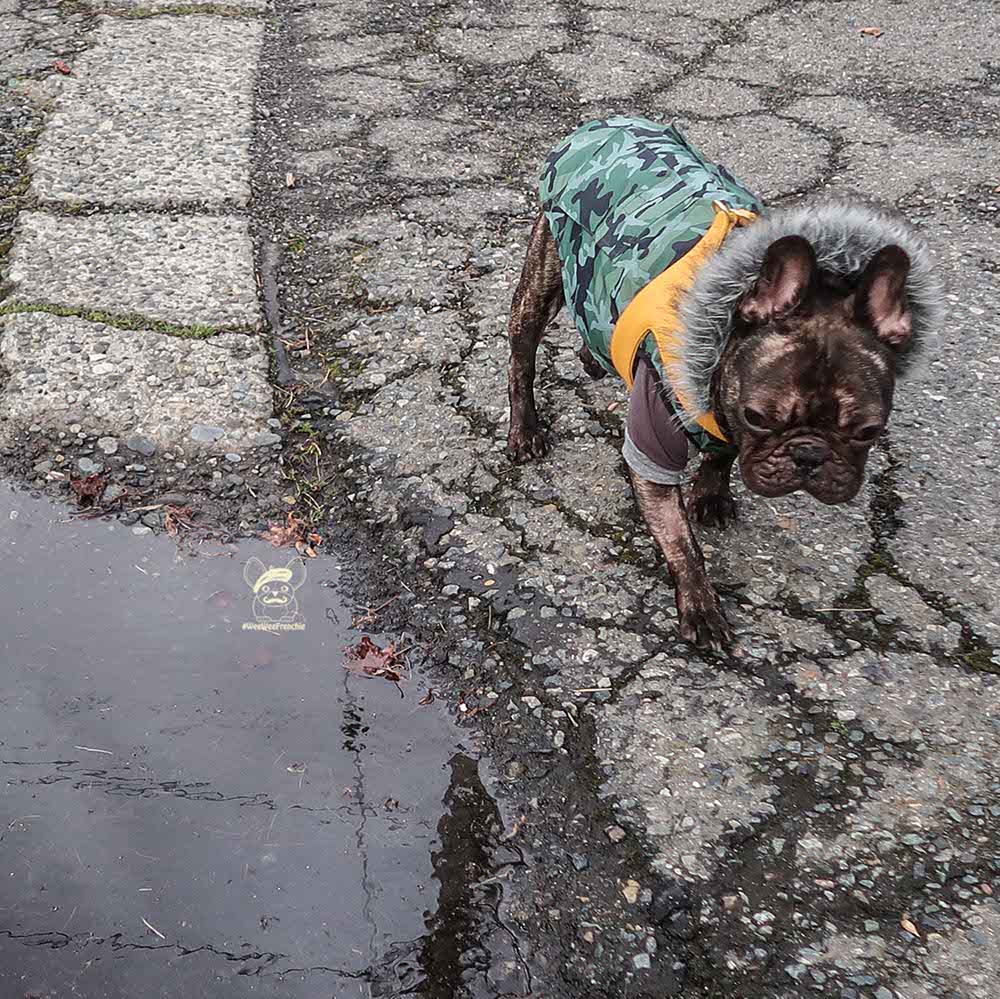Why Does My Dog Drool
Got drool? It can be so embarrassing having your dog slobber all over the place. But sometimes drool can be a warning sign that there's a problem. When do you need to worry?
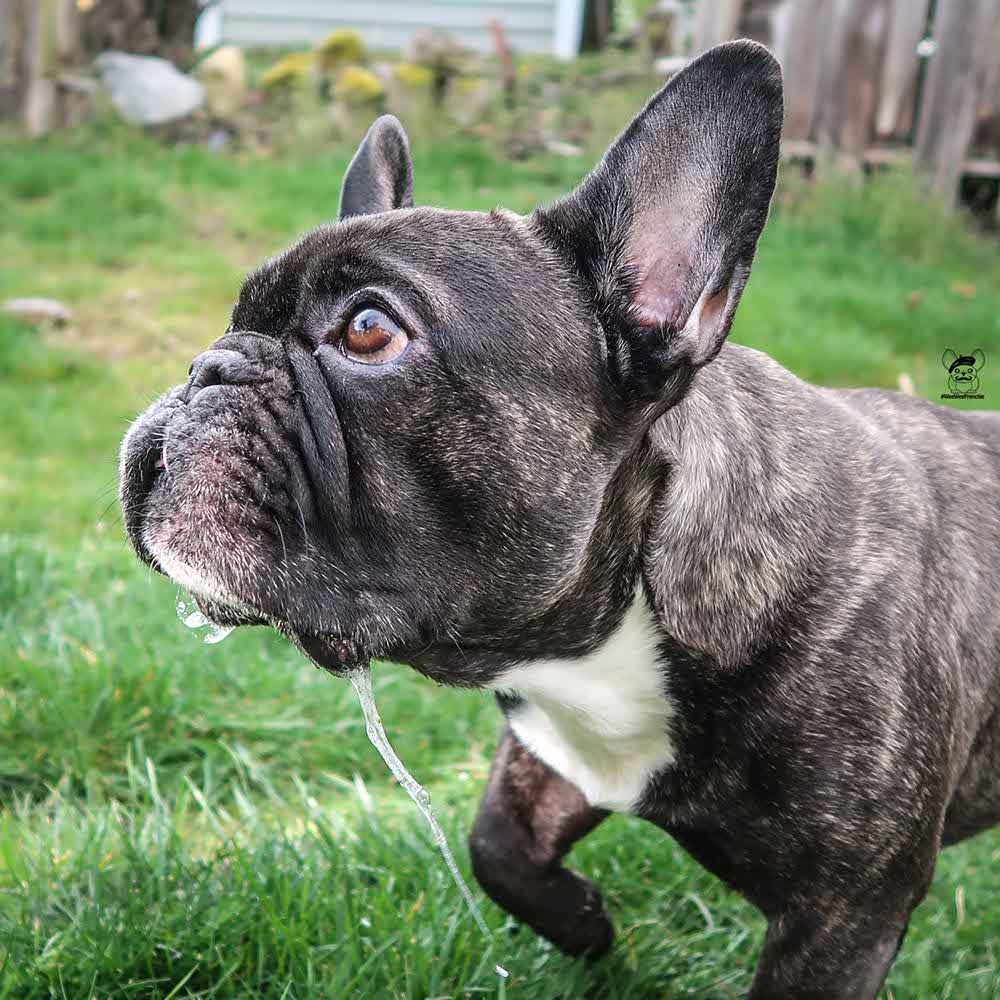
What is drool
Ptyalism is the medical term for drooling. This happens when an excessive amount of saliva collects in the mouth and flows out.
Saliva keeps the mouth moist, destroys harmful bacteria, and helps with food digestion.
A dog makes 3 kinds of saliva, each with different functions and enzymes. Thicker saliva is released when eating wet food. Whereas eating kibble requires a more watery saliva.
Since dogs don’t have sweat glands, saliva can help keep dogs cool during warmer temperatures.
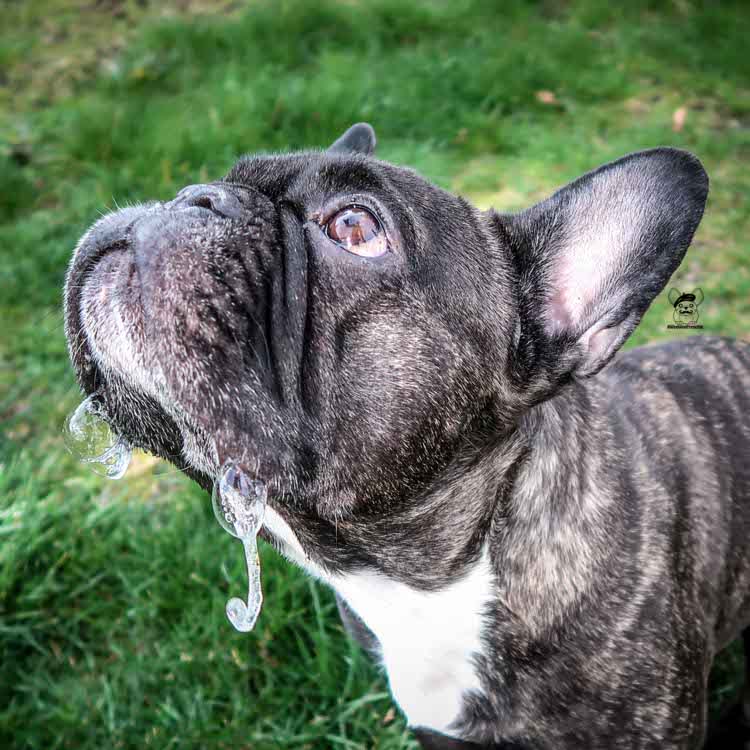
When is drooling normal
When preparing to eat, saliva production increases. Saliva contains enzymes, which starts to break down food. And saliva makes it easier to transport food from the mouth to the stomach.
Depending on the dog breed, some dogs drool more than others. Excessive skin folds and thick, droopy lips make it easy for saliva to drip from the mouth.
When to seek care
Dental issues
Mouth issues like gingivitis, tooth decay, and tumors can cause excessive drooling.
Tummy issues
If dogs eat toxic plants or foreign objects (like toys) it may lead to drooling. Also, dogs can suffer from motion sickness which can also cause drooling issues.
Heat stroke
This is more of an issue for brachycephalic dogs. Saliva can help to cool the dog, especially in warmer temperatures.
Upper respiratory infections
Congestion or infection of the nose, throat, or sinuses can lead to drooling.
If your dog is having episodes of excessive drooling, it is best to seek veterinary care. Your vet can order tests and x-rays to diagnosis if drooling is normal or caused by another issue.
This blog is for informational purposes only. The information given should not be used as a substitute for veterinary evaluation.

